Some automakers try to reinvent the wheel with every new model, in a constant quest for that next new big thing that will flood showrooms with eager buyers. Others take a more nuanced approach, making gradual improvements on the same idea, making it a little better each time. Today, we’re going to look at two cars from probably the best example of such a manufacturer: Honda.
But first, let’s see what you made of yesterday’s Chryslers. Quite a few commenters took the easy way out and said “neither,” but those of you who did vote seemed to have a preference for the big old New Yorker. The Crossfire’s styling, or its high mileage, or the complete lack of any useful information in the ad, didn’t do it any favors, it seems.
I think I’d favor the Crossfire if it were a convertible and had fewer miles. But I just never warmed to the coupe bodystyle. I don’t have any use for the New Yorker, nor a good place to park it, but if I had to choose, I think I’d go that way. I’d ditch the Lean Burn setup at the soonest opportunity, though.

Honda entered the US motorcycle market in 1963 and the car market in 1969, and in both cases quickly developed a reputation for building friendly, reliable machines. The earliest cars were maybe a bit too small for US roads, but Honda remedied that with the Civic in 1972. “We Make It Simple” was the advertising tagline back in the 70s, and that idea had a lot of appeal in those days of gas crunches and political scandals and polyester slacks.
No new cars these days could be called simple, but Honda maintains its friendliness and reliability. Honda also has the distinction of making the only new-for-2025 car that I’m genuinely interested in: the new Prelude. I’ve never had a Prelude, but three other Hondas have graced my driveway over the years: a 1984 Accord sedan, a 1993 Acura Integra, and a 1995 Civic Del Sol. All were reliable, give or take some previous-owner shenanigans, and all were excellent to drive – even though the Integra was a bit boring because it was an automatic. The two we’re going to look at today represent Honda doing what it arguably does best: building basic economy cars that feel just a little bit special.
1978 Honda Civic CVCC – $2,150
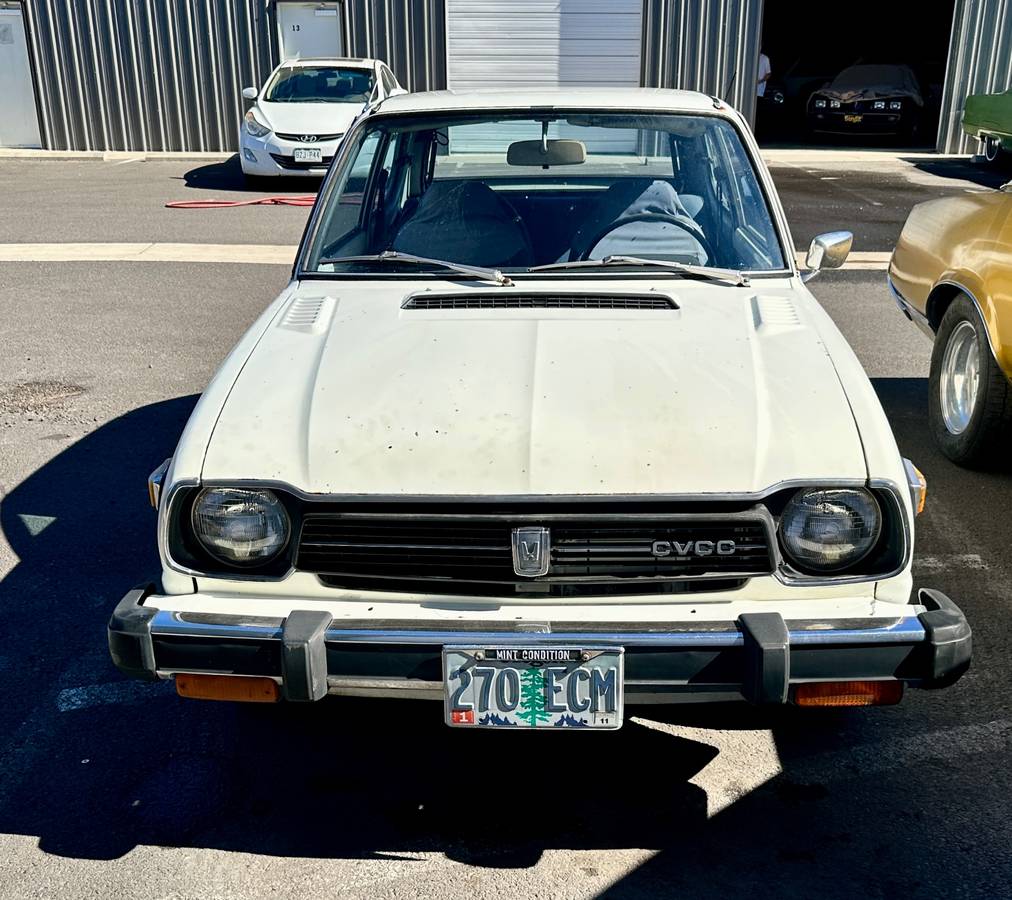
Engine/drivetrain: 1.5-liter OHC inline 4, five-speed manual, FWD
Location: Eugene, OR
Odometer reading: 75,000 miles
Operational status: Fuel tank removed for cleaning, starts and runs off external fuel source
After the first fuel crisis in 1973, small cars in America were a pretty easy sell, but the choices weren’t great. Chevy offered the Vega and later Chevette, Ford countered with the Pinto, Chrysler sold a bunch of rebadged Hillmans and Mitsubishis, and AMC just chopped the trunk off a sedan and called it good. Volkswagen still sold the ancient Beetle. Toyota and Datsun both sold small cars that were the same basic idea as the American choices, only put together properly. But a new layout for small cars was ascendant, starting with the Fiat 128 and eventually taking over the whole market: transverse engines and front-wheel drive. VW went this way with the Rabbit, as did Chrysler with the Omni and Horizon. But before those, there was the Honda Civic.
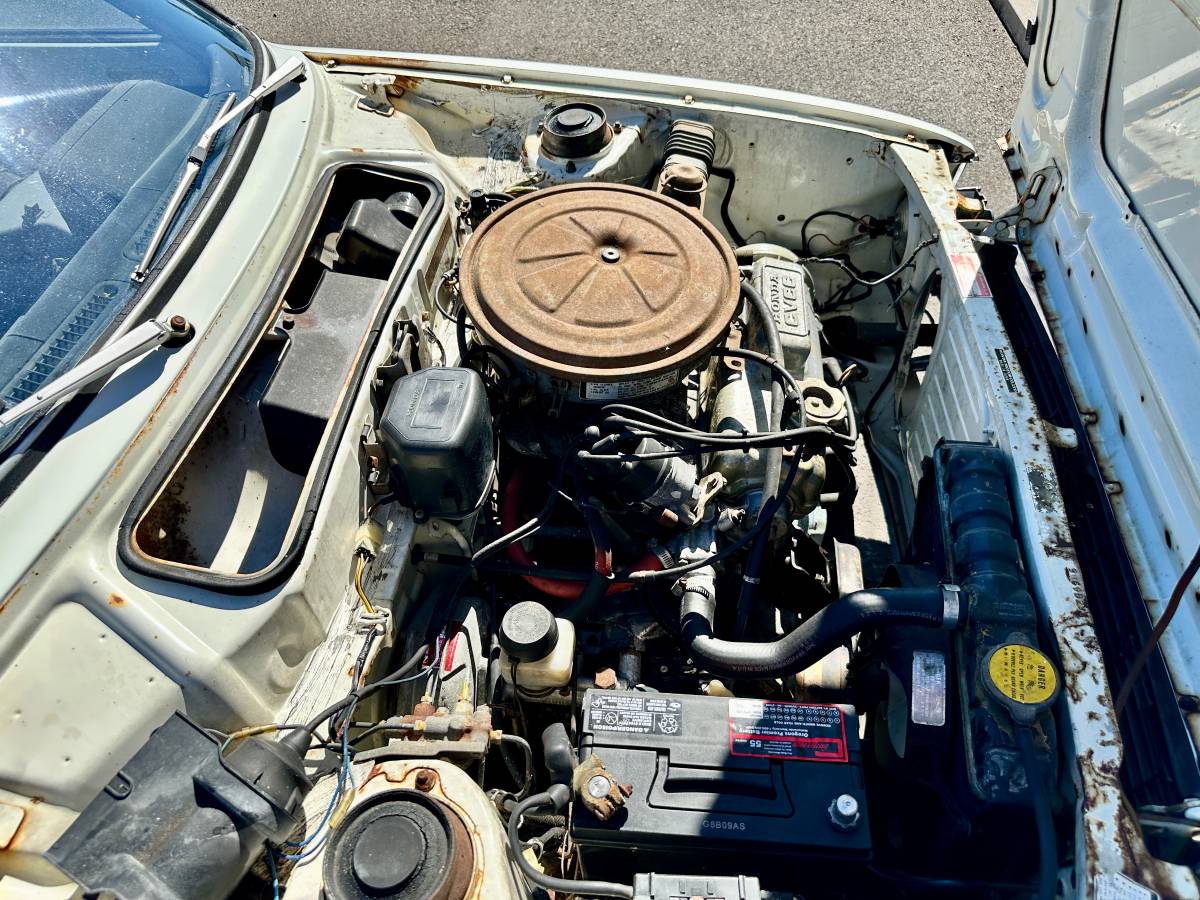
The Civic’s predecessor, the N600 and Z600, also had transverse engines in the front, but the gearbox was mounted below the engine, in its oil pan, rather than beside the engine in a separate housing like Fiat’s design. In 1975, as an answer to stricter emissions control standards, Honda introduced the CVCC engine, with a clever cylinder head design that allowed it to run leaner than a typical engine, thereby burning cleaner and getting better fuel economy. It’s a clever technology that worked well enough to keep Honda from having to install a catalytic converter on the Civic, and could have worked on other cars as well. This example has been sitting for a long time, but the seller says it will start and run just fine if you supply fuel straight to the carb. The fuel tank is in the trunk, removed for reconditioning by a previous owner. Once the tank has been cleaned and reinstalled, you can set about doing all the other stuff you need to do to put a car back on the road after a long slumber.
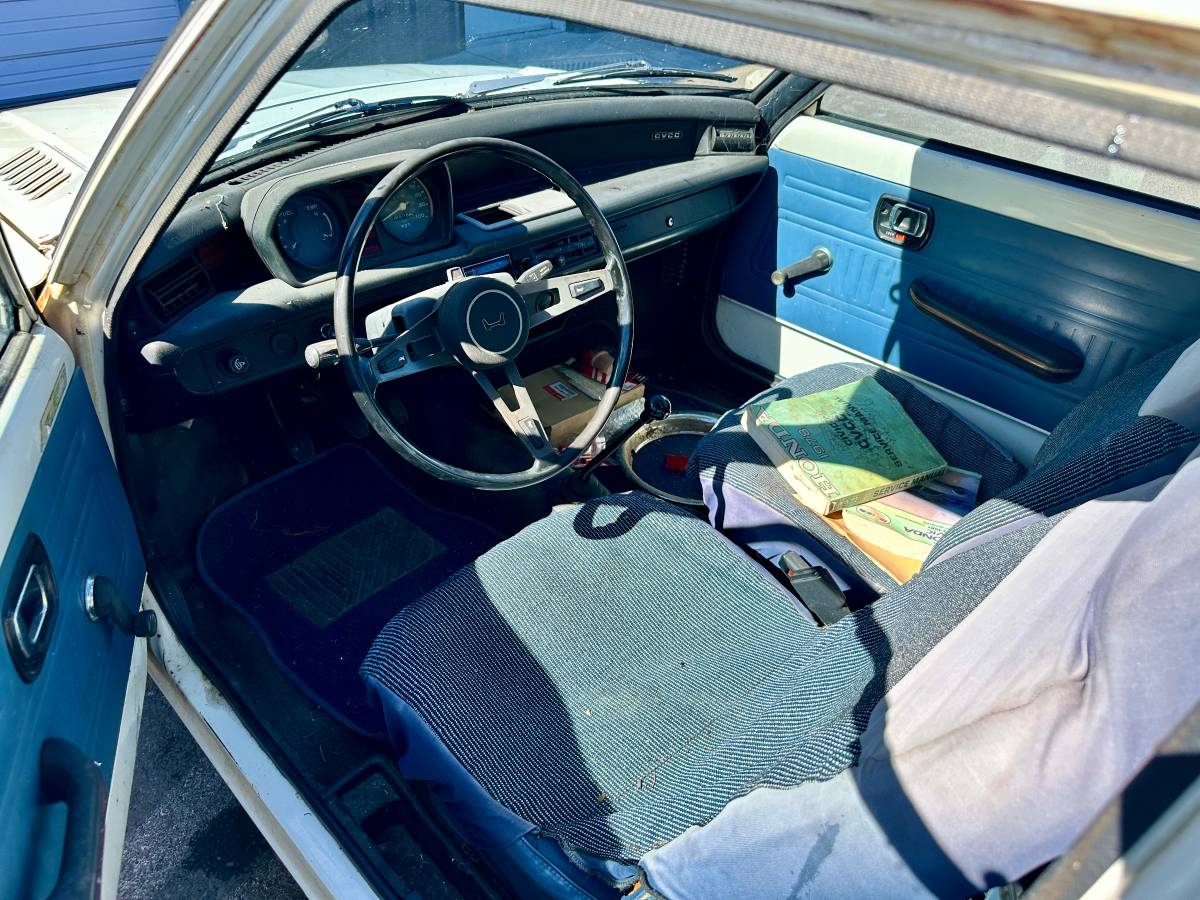
Even in this early Civic, you can start to see the brilliant interior design and ergonomics that Honda would become famous for. It’s open and airy, with that nice low dashboard. Earlier Civics had a strip of wood trim along the dash – real wood, I think – but it looks like it was gone by 1978. The interior is generally in good shape, though there’s no telling how the seats look under those covers. There’s a chance they’re fine, and the covers are just there to keep you from sticking to the vinyl.
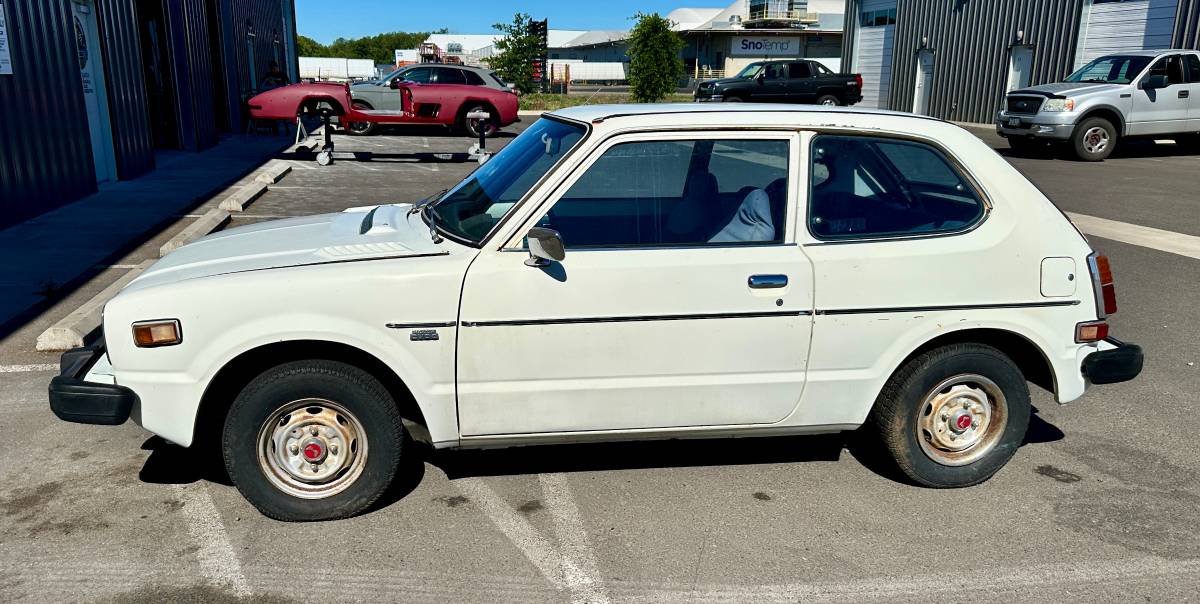
First-generation Civics were recalled for rust, but you’d never know it from looking at this one. Of course, it has been off the road since 2011, and clearly kept in a garage, but still, it’s the cleanest one I’ve seen in a long time. Even this one is a little crispy around the edges, but it’s clean enough to shine up and be proud of. Just be ready for a bunch of “wow, I haven’t seen one of those in forever!” comments.
2007 Honda Fit – $3,700
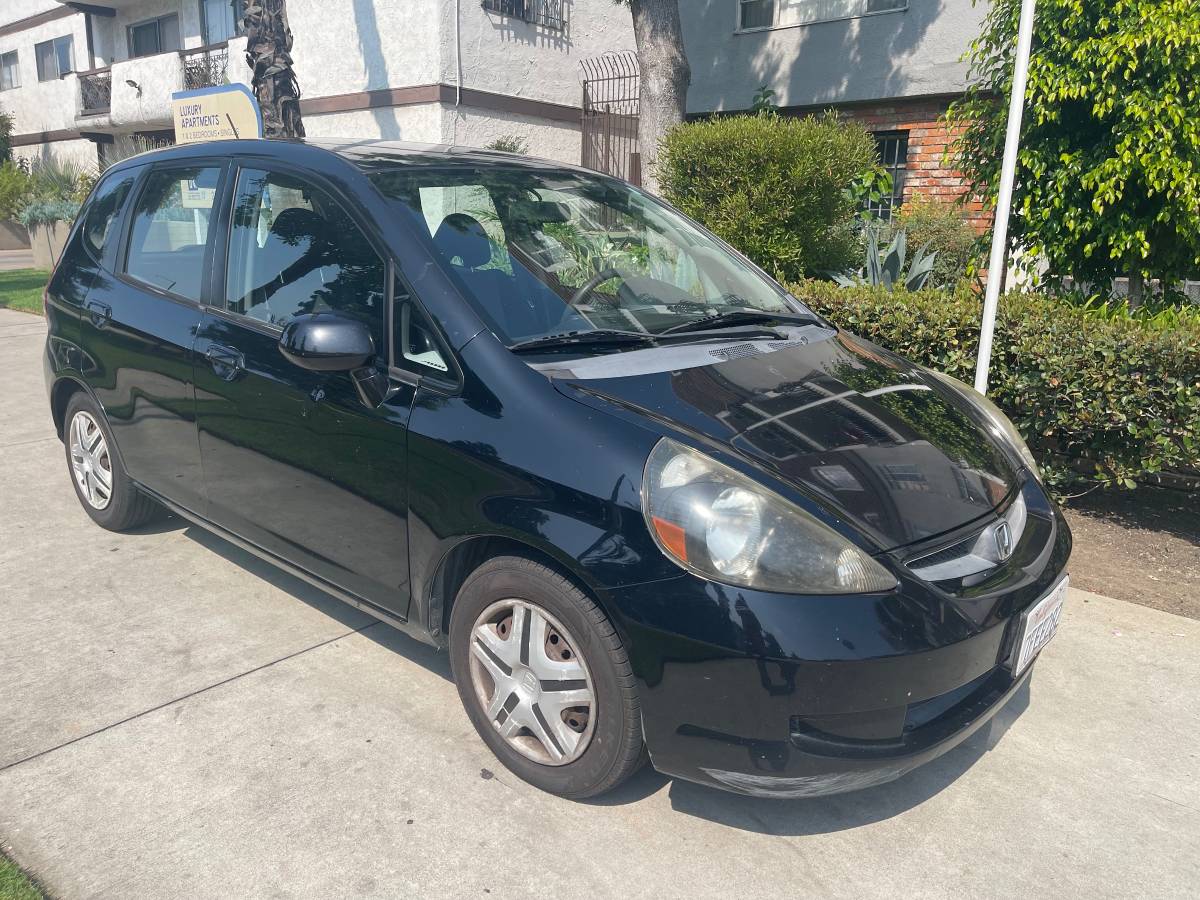
Engine/drivetrain: 1.5-liter OHC inline 4, five-speed manual, FWD
Location: Los Angeles, CA
Odometer reading: 168,000 miles
Operational status: Runs and drives well
Several generations of Civic hatchbacks followed, beloved by more than one generation of driver, but eventually, the hatchback design gave way to sedans and coupes. But Honda had another small hatchback in its stable, ready to take over the mantle: the Fit, also known as the Jazz in some markets. Introduced in the US with a series of really clever ads, the Fit filled the gap left by the Civic hatchback, until the US market lost its collective mind and abandoned small, inexpensive cars altogether.
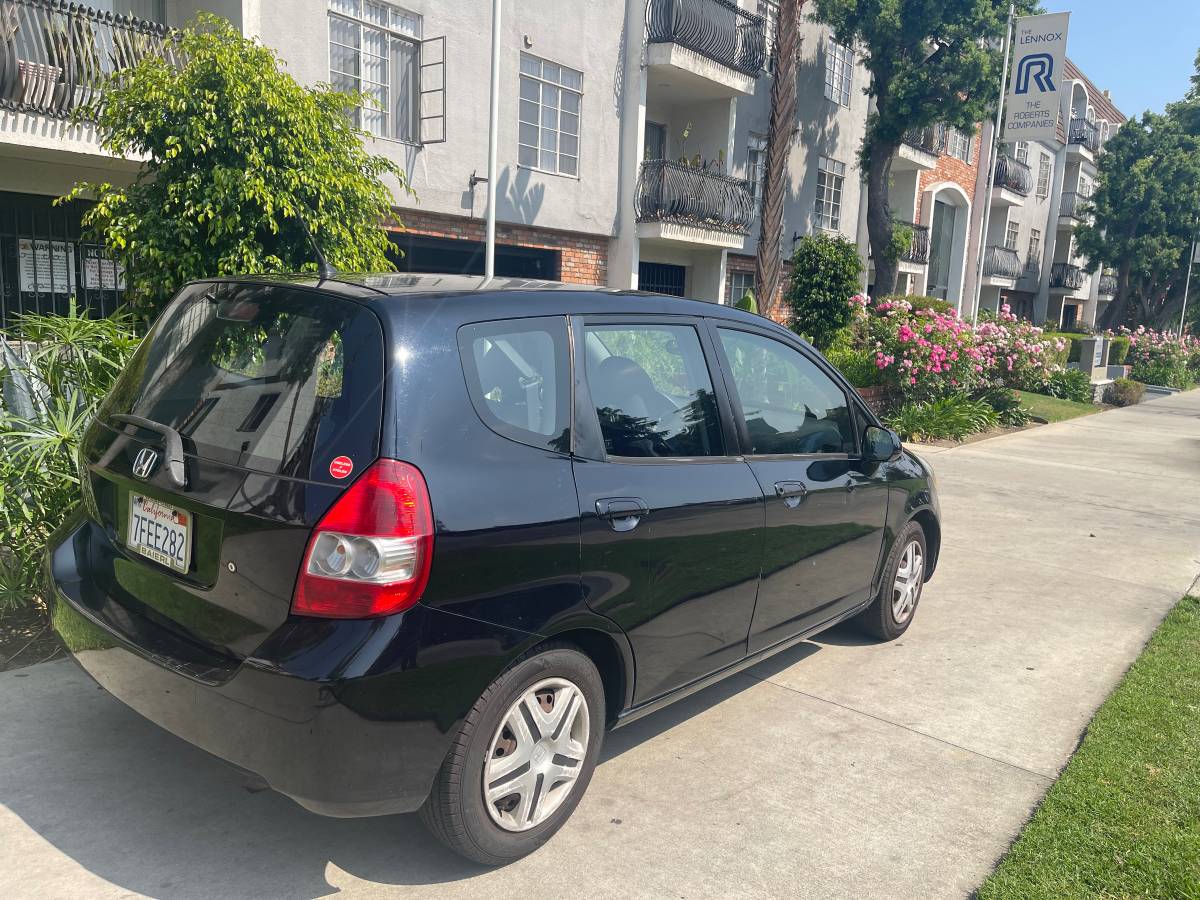
The Fit is also powered by a 1.5-liter engine, also featuring clever technology with a four-letter acronym – in this case, Honda’s VTEC variable valve timing system. It puts out twice the power of the old Civic CVCC engine, and the Fit weighs almost a thousand pounds more, but the fuel economy is similar – Honda used its technological prowess for good, not evil. This example has 168,000 miles on it, and the seller says it runs great.
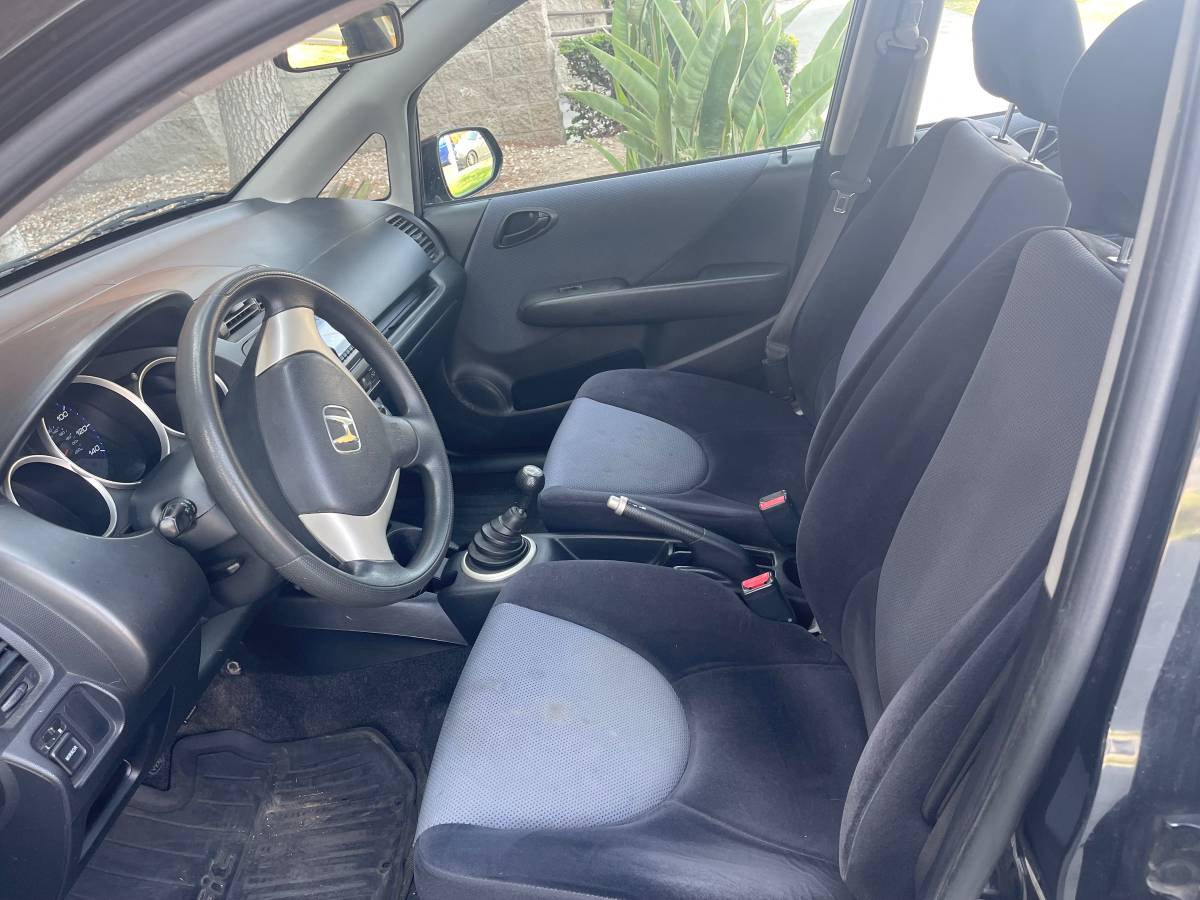
I still prefer Honda interiors from the 80s, but this one looks pretty easy to live with, too. I like that rubber accordion-style shift lever boot; you don’t see those often anymore. The driver’s seat looks a little worn, but the rest looks practically new; I get the feeling this was one of those single-occupant commuter cars.
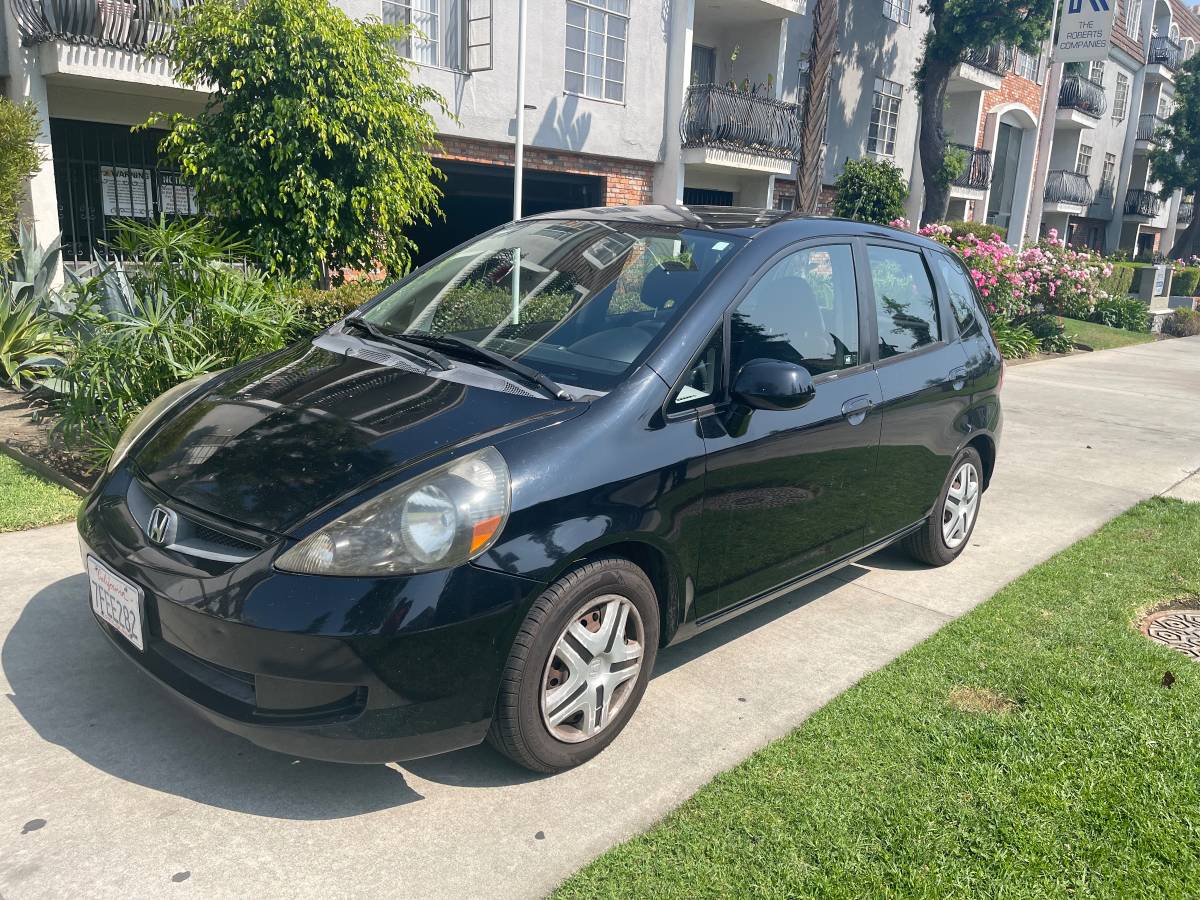
It’s a sharp-looking little car, and I like those little quarter windows in front of the doors. This is a base model, not the Sport, so it has steelies with plastic hubcaps and no spoilers or ground effects. This is one of the rare cases where I prefer the version with the added-on stuff; this one looks a little plain. But it’s in great shape, and it looks like it has been well cared for.
Little Honda hatchbacks are gone from the US market now, replaced by various sizes of bland, overweight crossovers. I’m sure they’re as reliable as the older ones, and probably fine to drive, but why can’t we have some small, light, fun-to-drive options as well? Ah well, at least used ones are still available. They came a long way in the thirty years between these two cars, but the spirit stayed the same. Which do you prefer – the old original, or the more advanced modern version?









Those older Civics were NOT simple in the least. The CVCC engines were really hard to work on. The later generations, from 88 and up, were far more ‘rational’ and easier to work on. The earlier Civics were chock full of engineering marvels but they were not designed to be mechanic friendly.
I had to take the civic because I have one ( literally have a ’78 CVCC civic 5sp that I take to car shows ) but the Fit is a great car in it’s own right. I took my civic on a 2600 mile road trip ( LeMons rally ) last year and it reminded me of what a great little car it was when it came out. Steady 70 MPH cruising is surprisingly calm and I got 38+ MPG with two guys and all their gear for a week loaded in the car driving all over the northeast.
I think this is a great starter garage and one should actually take both. You’d get a stellar reliable commuter and a semi-rare classic in two tiny packages.
I already have the ’76 Civic CVCC that dad bought new, so Fit it is.
I would take the Civic in a heart beat, even though it cost more than all six of my previous Hondas combined. If I had the time and space I would be very tempted since it is only 45 minutes from me. Newer Hondas? No way.
The issue with the Fit is that the Sport trim exists. Why is this a deal breaker for me? I owned one and the keyless entry for rear hatch, cruise, fog lights, and upgraded stereo were all nice basic features to have. I also liked the exterior trim for the style but it’s not really necessary. I put about 150k on it and sold it with another 30k put on it by my family.
I agree. Keyless Entry, upgraded Stereo with an Aux in (I had an ipod connected to mine back in the day) Fog lights and alloys were nice as well.
Yes! The aux jack was clutch…I also can’t believe I forgot those stout 15″ roller skate chucks that had a vague similarity to a design that fit the aftermarket era (MOMO? I don’t have an old import tuner stack to refer back to).
This is a case where I would have to drive them before I decided. But I opted for the CVCC for nostalgia reasons. A friend of my dad’s drove his family of 4 from PA to South Florida in one. I have no idea how. But John was the handyman my dad used who always had time to goof around and tech 3 little pests until he died in the first Gulf War from a scud missile attack. He wasn’t even a soldier just reserve guy there to install and maintain the water filtration system. I think he was one of very few who died on our side.
Both?
Both!
Both is good!